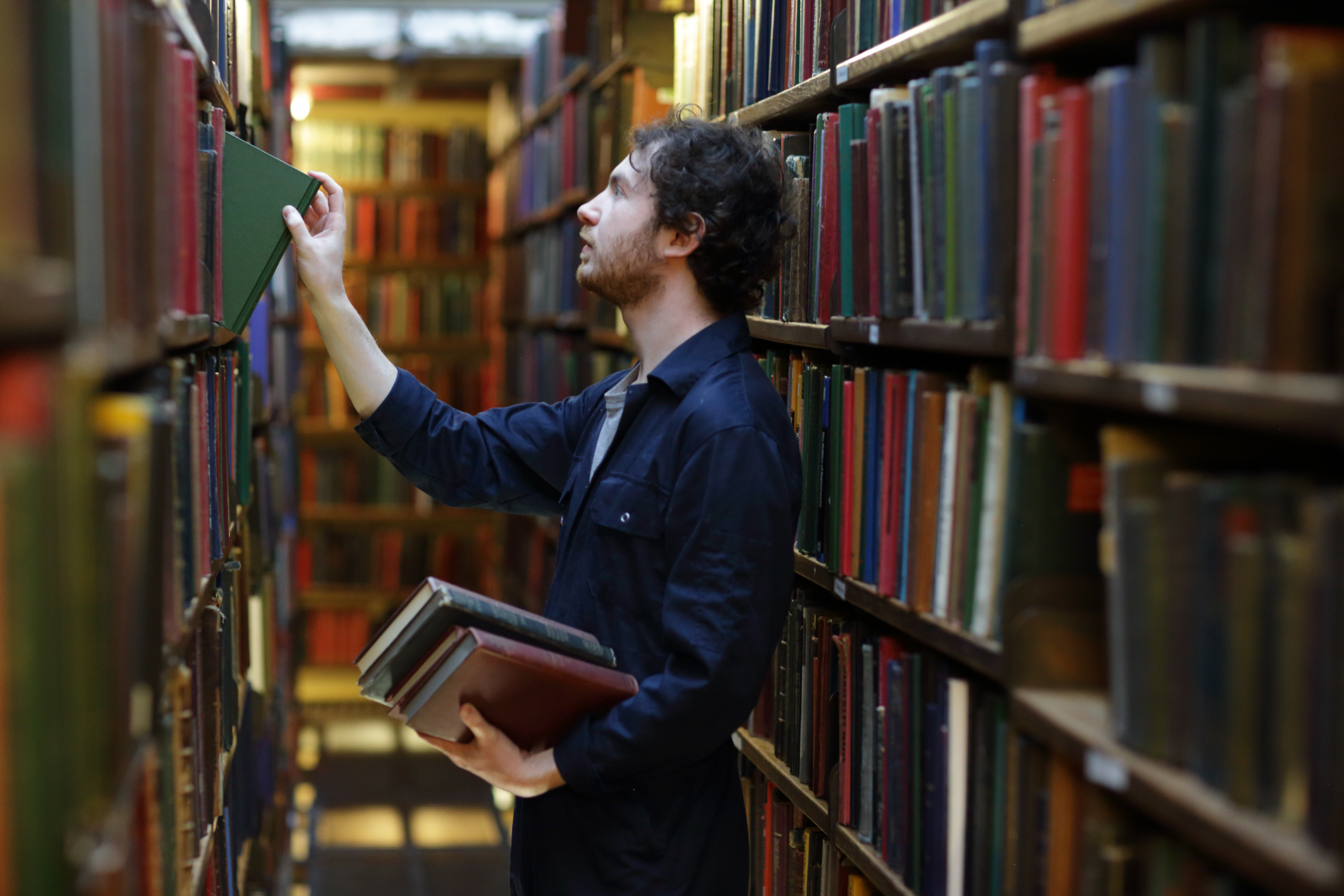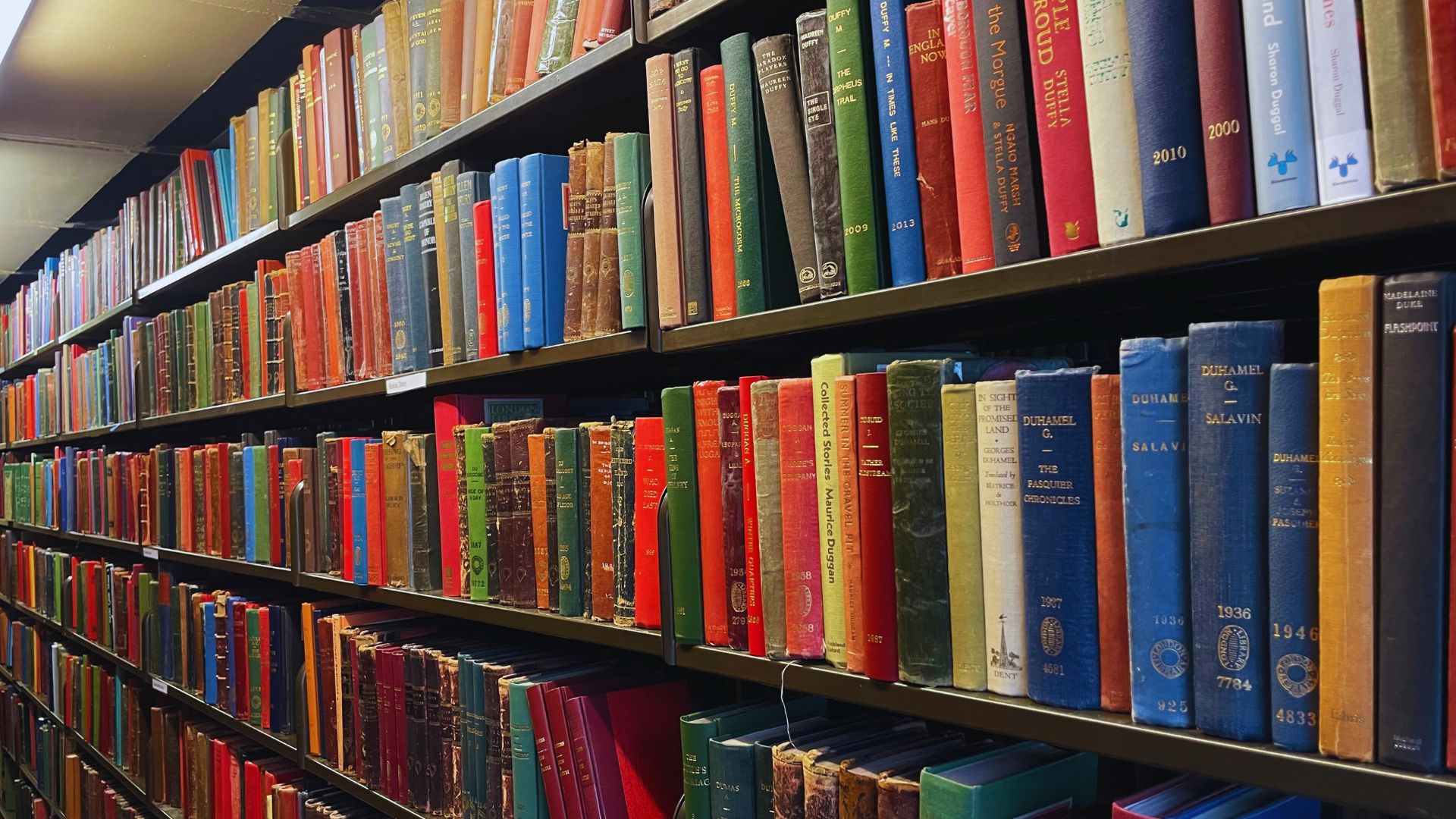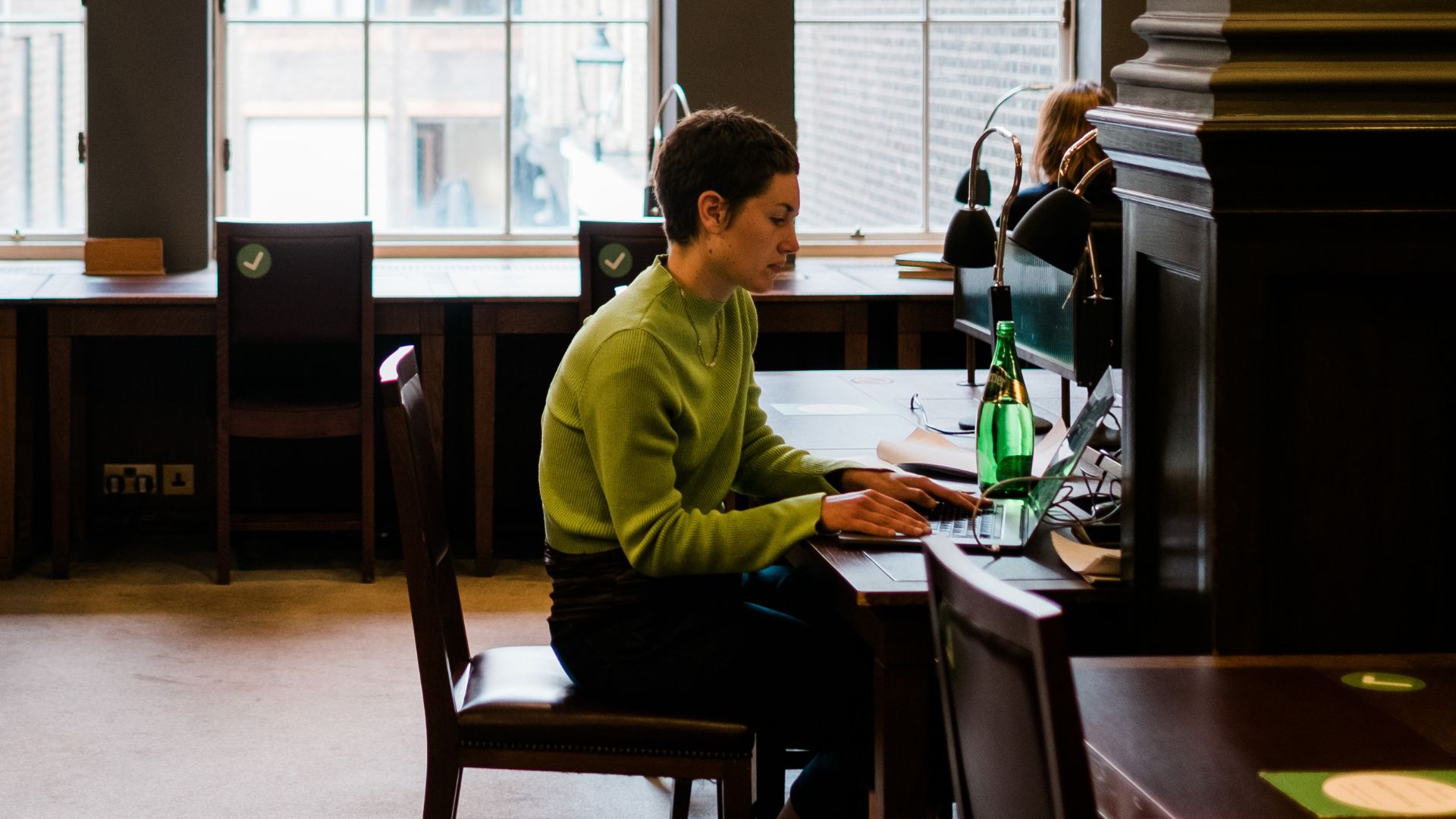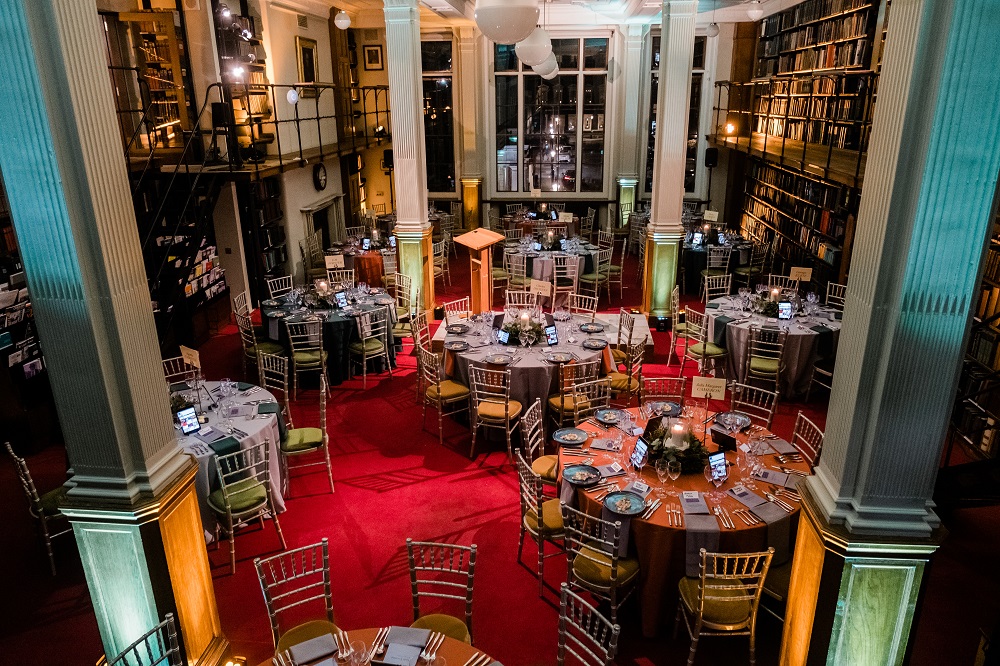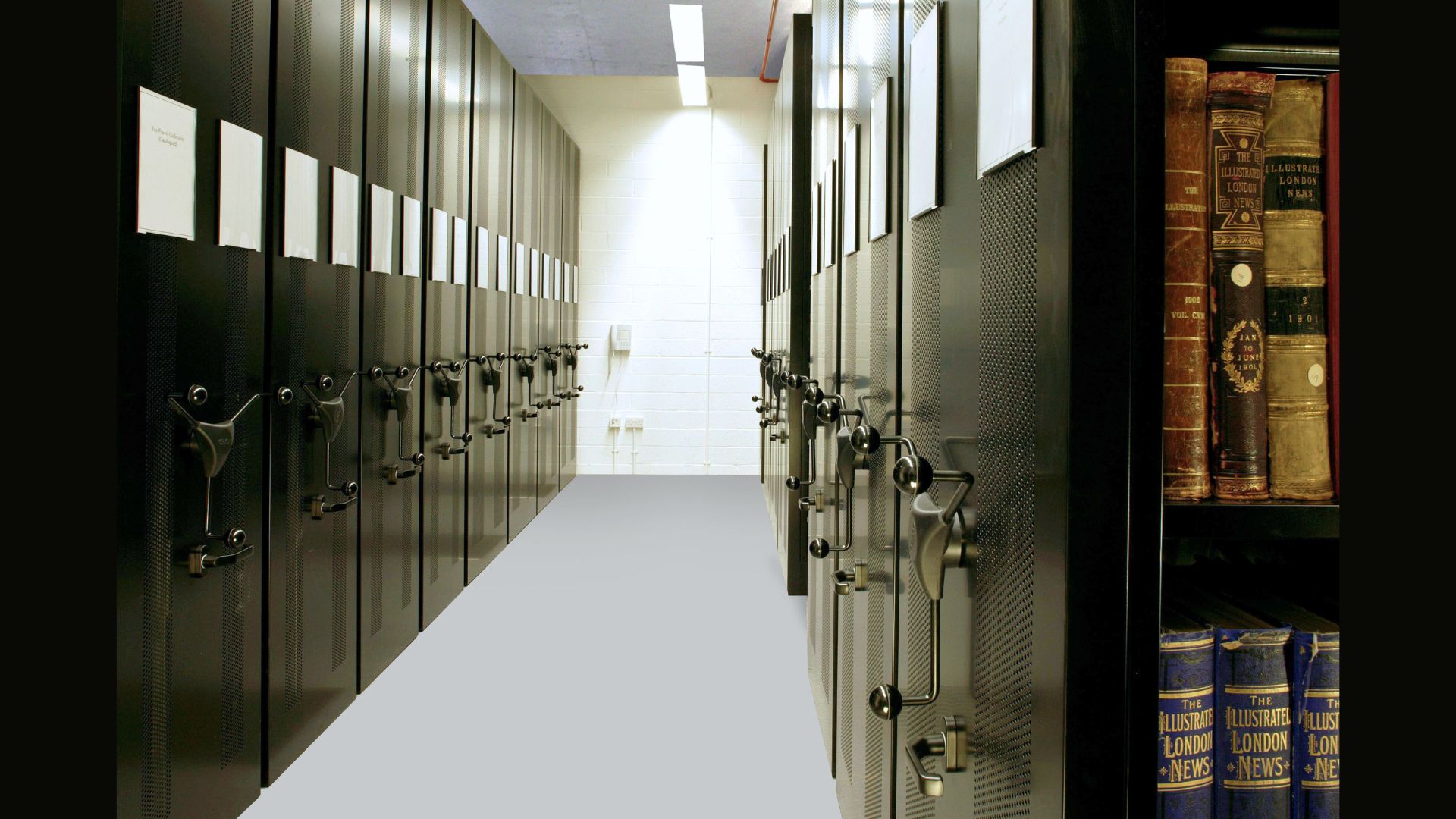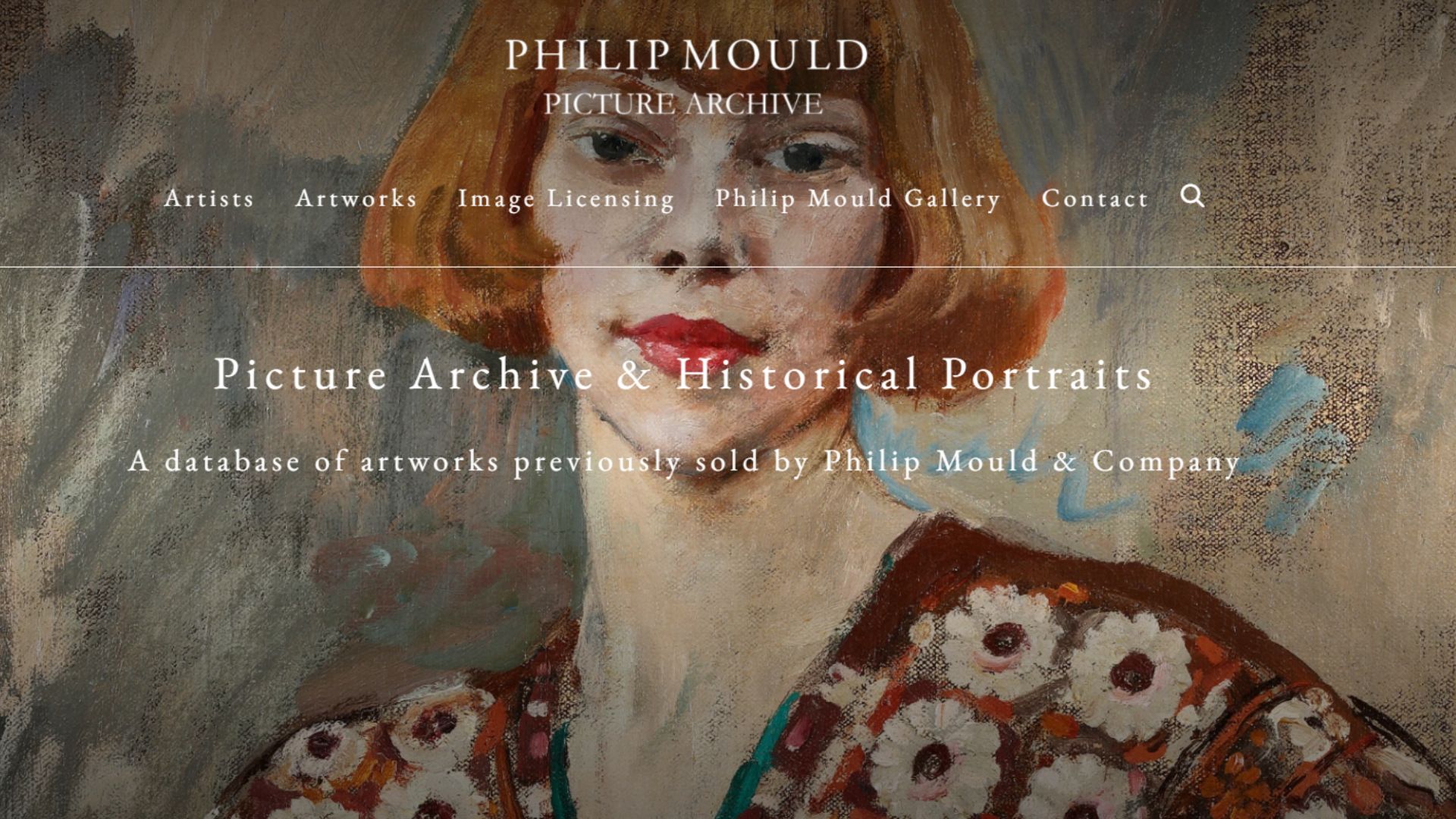The London Library is famed for its highly skilled, extremely experienced staff who know our collections inside out. But what about the next generation of librarians, just beginning in their chosen profession? Every year we recruit up to three lucky candidates for Graduate Traineeships here at the Library, providing them with a wide-ranging introduction to library work over the course of twelve months.
With our 2011-12 Graduate Trainees currently settling in to their new posts, one of our 2010-11 Trainees, Carley, describes how the scheme works and looks back on her year of hands-on learning.
For many, the age-old stereotype of the librarian – whose job is simply to look austere, shush people and stare them down with their inscrutable gaze when members raise their voice to anything more than a whisper – still dominates public perception. But did you know that it’s not at all easy to become a librarian? Yes, that’s right. Librarians of today need to gain a Masters degree in order to enter the profession. They not only take courses in traditional aspects of librarianship such as cataloguing and classification, collection management and preservation, but they must also learn how to cope with the continually evolving information environment. They must learn how to use computers, e-journals, use html, create their own websites, and thus comprehend a library which not only houses printed material, but electronic resources as well.
In order to gain a Masters qualification in Library and Information Studies, CILIP (the Chartered Institute of Library and Information Professionals) recommends that you first undertake a year-long Graduate Traineeship, during which you have the opportunity to learn through hands-on experience by exploring the various aspects of librarianship on offer. Whilst many institutions across the country offer trainee positions, very few offer such a varied and interesting experience as The London Library. Primarily based in Reader Services, the main responsibilities of a Graduate Trainee involve the effective day-to-day issue, return, renewal and reservation of books, as well as dealing with enquiries either face-to-face, by phone, email or fax.
You have probably seen us at the front desks, helping you to find books, or at the very least pointing you in the right direction, but this is not all Graduate Trainees do. The purpose of a Traineeship is to offer an insight into the multi-faceted library and information management profession, which is why The London Library also provides introductory training sessions in each of its departments – Membership, Acquisitions, Cataloguing, Conservation & Preservation, IT and Development – so that you are aware of not only how a library works and functions as a whole, but are also able to better understand the importance of each department and the role it plays within the institution. On a personal level, I found it particularly interesting to know and understand a little bit better things like The London Library’s criteria for book acquisition, preservation guidelines, and how to look after and carry out your own book repairs. The latter was perhaps one of the most enjoyable aspects of my traineeship, as Rachel, the Library’s Head Conservator, allowed me assist with the repairing of books and creating protective boxes if they were too old or fragile to be repaired in-house.
Training such as this has already set me in good stead for my postgraduate degree course (now that my London Library Graduate Traineeship is over, I have commenced at University College London), giving me extra insight into a profession which is anything but old-fashioned and requires a lot more than just shushing. One of the nicest things about The London Library, however, is that you never really leave, and I am hugely grateful to have been given the opportunity of continuing work here in a different capacity, as a Casual Library Assistant on Monday and Tuesday evenings. Although one of the perks is further indulging my love of the Library and its fantastic collections (the Victorianist in me is constantly being let loose on the shelves!), the fact I am also able to apply the theory I’m learning at UCL to actual library practice is nothing short of invaluable.
Carley, Graduate Trainee 2010-11
Our new group of Graduate Trainees will be telling us more about their London Library adventures with a regular slot on the LL Blog throughout the coming year. Stay tuned for their first instalment, appearing here soon!


